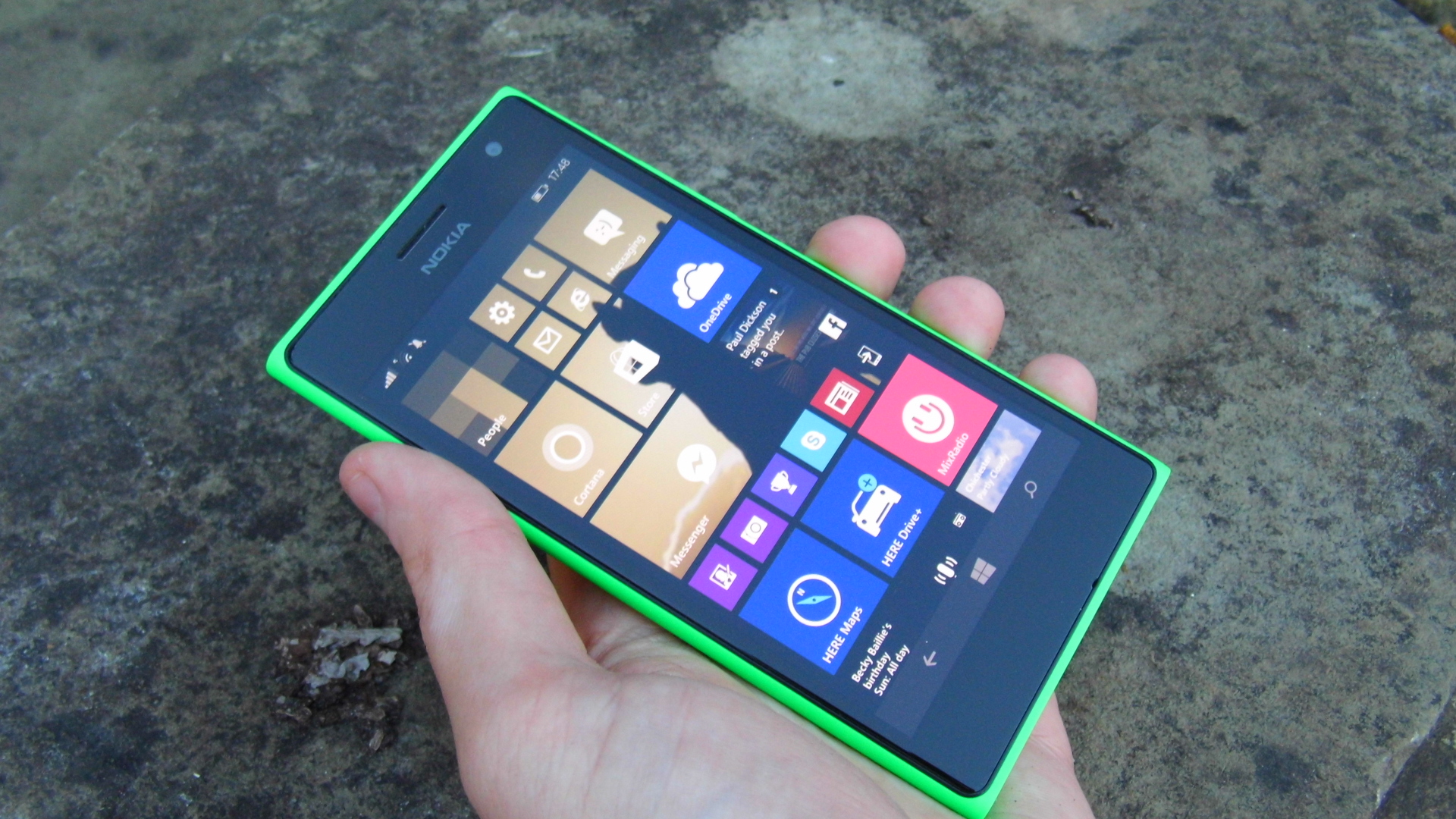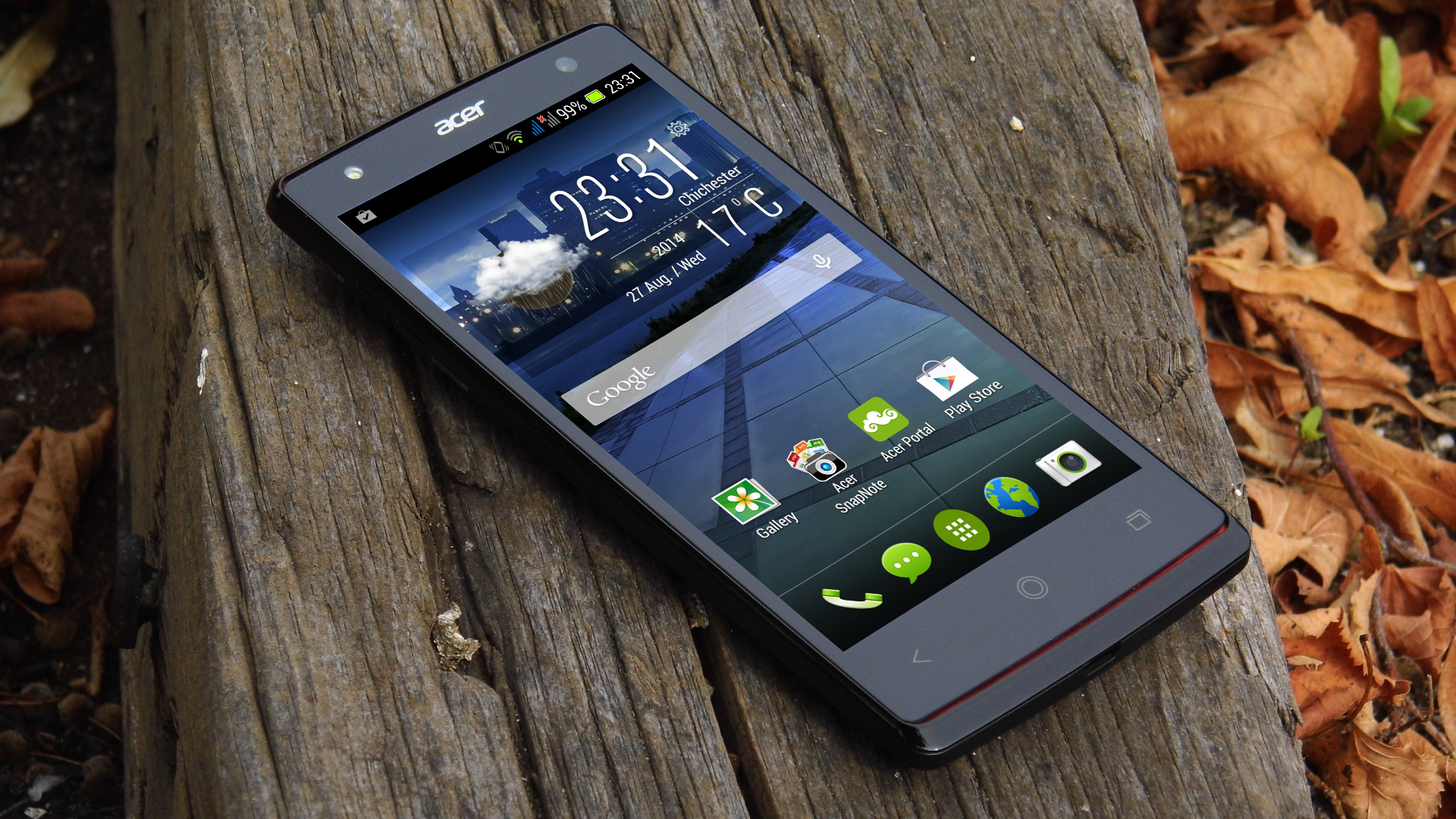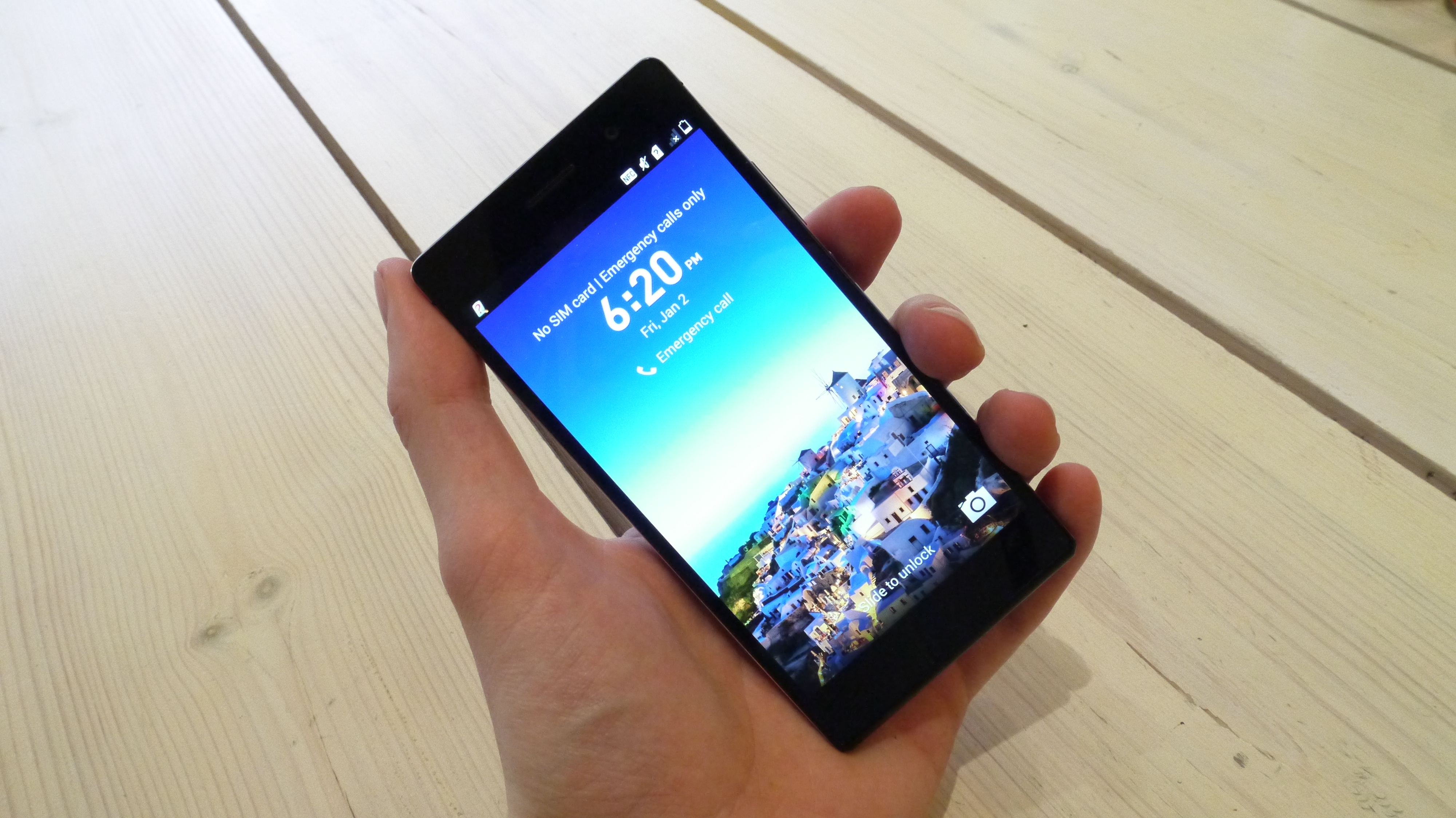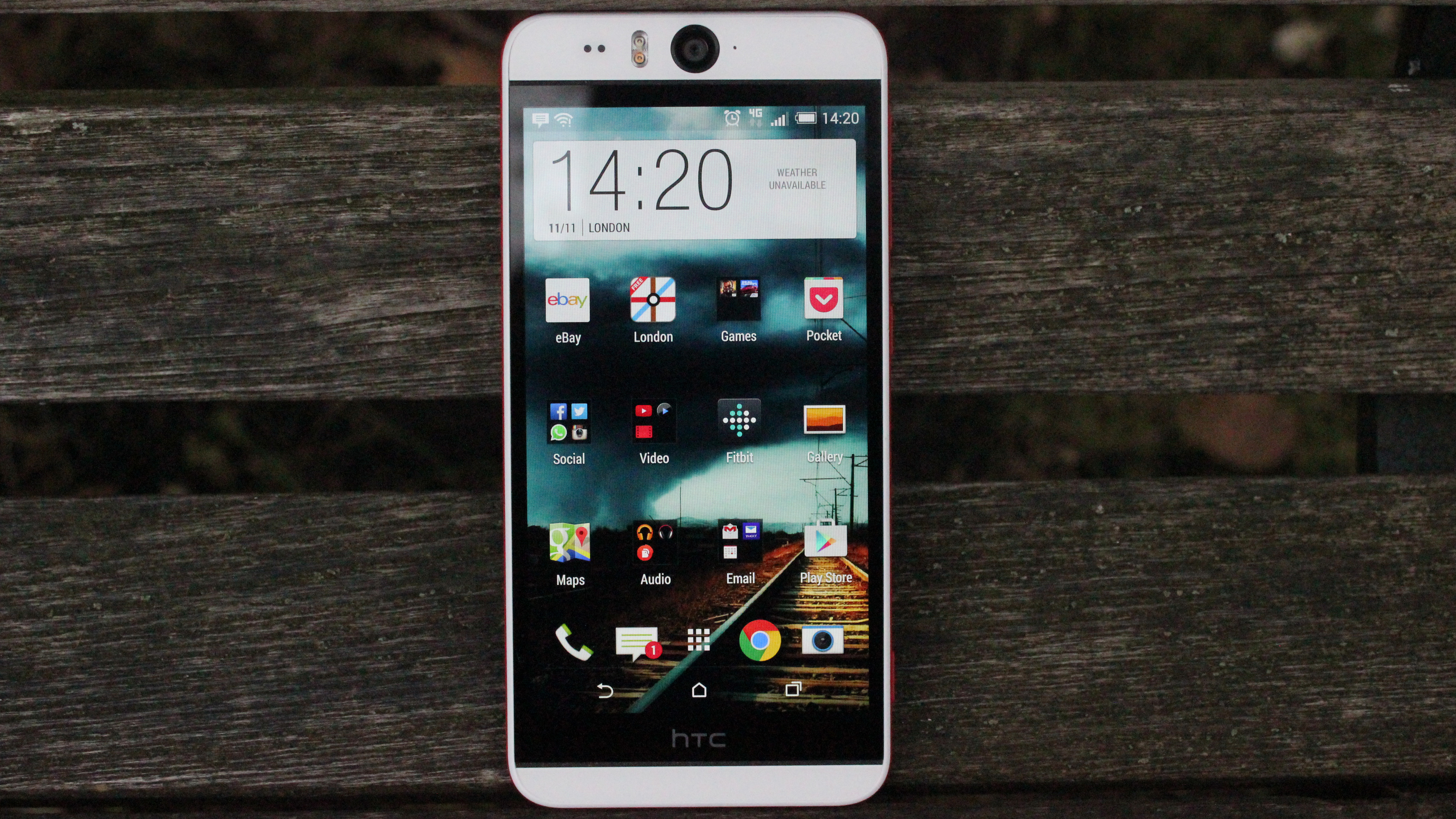Why you can trust TechRadar
Nokia Lumia 735
Nokia might have been consumed by Microsoft, but the Lumia brand has always been known for its strong built-in cameras. The Lumia 735 – one of the last to bear the Nokia name – has a powerful 5MP front-facing camera to try and lure in the same selfie crowd as the HTC Desire Eye.

Like every Lumia, it comes in a range of colours and feels like it can withstand plenty of knocks. When it comes to performance though, the Lumia 735 gets pasted by the Desire Eye. The processor on board the Lumia is a Snapdragon 400 backed by 1GB of RAM and the 4.7-inch display is a mere 1,280 x 800 resolution. If it's performance you're after, definitely go for the Desire Eye.
If, however, you're just after the best selfie device, the Lumia 735 puts forward a good case. There's a 5MP front-facing sensor with a single LED flash and decent colour reproduction. Nokia's Lumia Selfie app lets you add in filters, should you wish. In terms of contrast, it's on a par with the Eye – although HTC's handset can lay claim to capturing more detail.
- Read our full Nokia Lumia 735 review
Acer Liquid E3
Acer's not known for making smartphones, and it shows with this model as soon as you try and make a call. Call quality leaves a lot to be desired even though the rest of the phone isn't too bad – especially given its £128 ($210, AU$237) price.

Acer is keen to make much of the camera features of the Liquid E3. It's got a rear-facing 13MP camera and a front-facing 2MP one aided by an LED flash. There aren't many settings to play with though and although the output is decent, pictures are still a long way from the quality of a top-end Samsung, Sony or indeed HTC handset.
For selfie fans there's face detection and a self timer, but in practice the Liquid E3 struggles with balancing light. There doesn't appear to be a manual way to engage the forward-facing flash either. So unless you're really after a budget selfie phone for your next purchase, the HTC Desire Eye remains the better choice between the two.
- Read our full Acer Liquid E3 review
Huawei Ascend P7
Huawei's Ascend P7 is perhaps more of a threat to the Desire Eye than either of the two previous handsets. It's got a 1.8GHz quad-core processor, Full HD 5-inch display, 2GB of RAM, microSD slot, a front-facing 8MP camera and a favourable €449 (around £370, $625, AU$690) price point.

Selfies on the Ascend P7 aren't bad to begin with, but then Huawei has added plenty of features to play with including the beauty slider scale. Like the Desire Eye it promises to remove the imperfections in your face but ends up looking a bit ridiculous. There's also a front-facing panorama option to squeeze even more people into your selfie.
Huawei has clad it all into a well designed package that is smaller and thinner than the Desire Eye, although it doesn't feel quite as robust. What's more, the Emotion UI that Huawei uses isn't as good as HTC's Sense overlay.
Gun to my head, I'd pick the Desire Eye over the Ascend P7 but it's still a worthwhile handset given the price.
- Read our full Huawei Ascend P7 review
